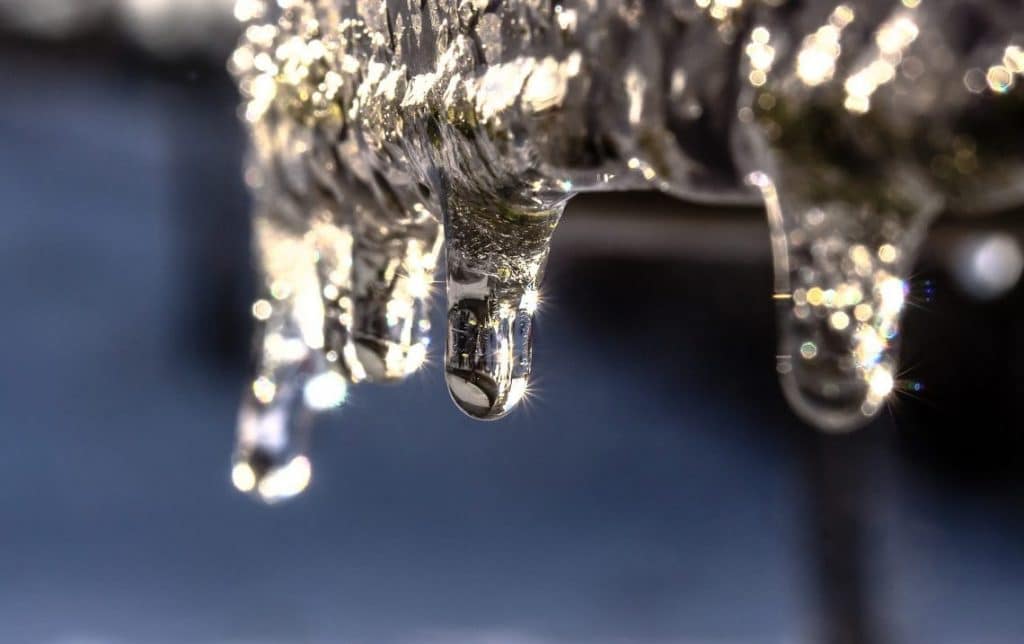Crucial Tips to Prevent Frozen Pipes in Winter
Crucial Tips to Prevent Frozen Pipes in Winter
Blog Article
The content following next on the subject of Helpful Tips to Prevent Frozen Pipes this Winter is amazingly attention-grabbing. You should give it a look.

Winter can damage your plumbing, particularly by freezing pipes. Here's just how to stop it from occurring and what to do if it does.
Intro
As temperature levels decrease, the risk of icy pipelines increases, potentially bring about expensive repair work and water damage. Recognizing exactly how to avoid icy pipelines is essential for home owners in chilly climates.
Recognizing Frozen Pipes
What creates pipelines to ice up?
Pipelines ice up when exposed to temperature levels listed below 32 ° F (0 ° C) for prolonged periods. As water inside the pipes freezes, it expands, taxing the pipeline walls and possibly triggering them to burst.
Risks and problems
Frozen pipelines can bring about water supply interruptions, home damage, and expensive repair work. Ruptured pipelines can flood homes and create considerable architectural damages.
Indicators of Frozen Pipeline
Determining frozen pipes early can prevent them from bursting.
How to identify frozen pipes
Search for decreased water flow from taps, uncommon smells or noises from pipes, and noticeable frost on subjected pipes.
Avoidance Tips
Protecting prone pipelines
Cover pipelines in insulation sleeves or use warm tape to secure them from freezing temperature levels. Concentrate on pipes in unheated or exterior areas of the home.
Heating techniques
Maintain interior areas effectively heated up, particularly areas with pipes. Open up cupboard doors to allow cozy air to flow around pipes under sinks.
Safeguarding Outdoor Pipes
Yard pipes and outdoor taps
Disconnect and drain yard pipes before winter months. Set up frost-proof spigots or cover exterior faucets with shielded caps.
What to Do If Your Pipelines Freeze
Immediate actions to take
If you believe frozen pipelines, keep faucets open to soothe pressure as the ice thaws. Use a hairdryer or towels soaked in hot water to thaw pipelines gradually.
Long-Term Solutions
Structural modifications
Take into consideration rerouting pipes away from outside wall surfaces or unheated areas. Add added insulation to attic rooms, cellars, and crawl spaces.
Upgrading insulation
Invest in top notch insulation for pipelines, attic rooms, and wall surfaces. Correct insulation aids keep regular temperature levels and lowers the threat of icy pipelines.
Final thought
Preventing frozen pipes needs positive steps and fast feedbacks. By recognizing the reasons, indications, and preventive measures, home owners can secure their plumbing throughout cold weather.
6 Proven Ways to Prevent Frozen Pipes and Protect Your Home
Disconnect and Drain Garden Hoses
Before winter arrives, start by disconnecting your garden hoses and draining any remaining water. Close the shut-off valves that supply outdoor hose bibs and leave the outdoor faucet open to allow any residual water to drain. For extra protection, consider using faucet covers throughout the colder months. It’s also important to drain water from any sprinkler supply lines following the manufacturer’s directions.
Insulate Exposed Pipes
Insulating your pipes is an effective way to prevent freezing. Pipe insulation is readily available at home improvement stores and is relatively inexpensive. Pay close attention to pipes in unheated areas such as the attic, basement, crawl spaces, or garage. Apply foam insulation generously to create a buffer against the cold. You can also wrap your pipes in heat tape or thermostat-controlled heat cables for added warmth.
Seal Air Leaks
Inspect your home for any cracks or openings that could let in cold air. Seal any holes around the piping in interior or exterior walls, as well as the sill plates where your home rests on its foundation. Additionally, make sure to keep your garage door closed unless you’re entering or exiting. Leaving it open creates a significant air leak that can lead to frozen pipes.
Allow Warm Air Circulation
During cold snaps, it’s essential to allow warm air to circulate evenly throughout your home. Leave interior doors ajar to promote better airflow. Open kitchen and bathroom cabinets to help distribute heat consistently around the rooms. If you have small children or pets, be sure to remove any household chemicals or potentially harmful cleaners from open cabinets for safety.
Let Faucets Drip
A small trickle of water can make a big difference in preventing ice formation inside your pipes. When temperatures drop significantly, start a drip of water from all faucets served by exposed pipes. This continuous flow helps prevent the water from freezing. Additionally, running a few faucets slightly can relieve pressure inside the pipes, reducing the chances of a rupture if the water inside does freeze.
https://choateshvac.com/6-proven-ways-to-prevent-frozen-pipes-and-protect-your-home/

As a passionate person who reads on Preventing and dealing with frozen pipes, I was thinking sharing that excerpt was worthwhile. Remember to pause to distribute this blog post if you appreciated it. I enjoy reading our article about 6 Ways to Prevent Frozen Pipes.
Get A Free Quote Report this page